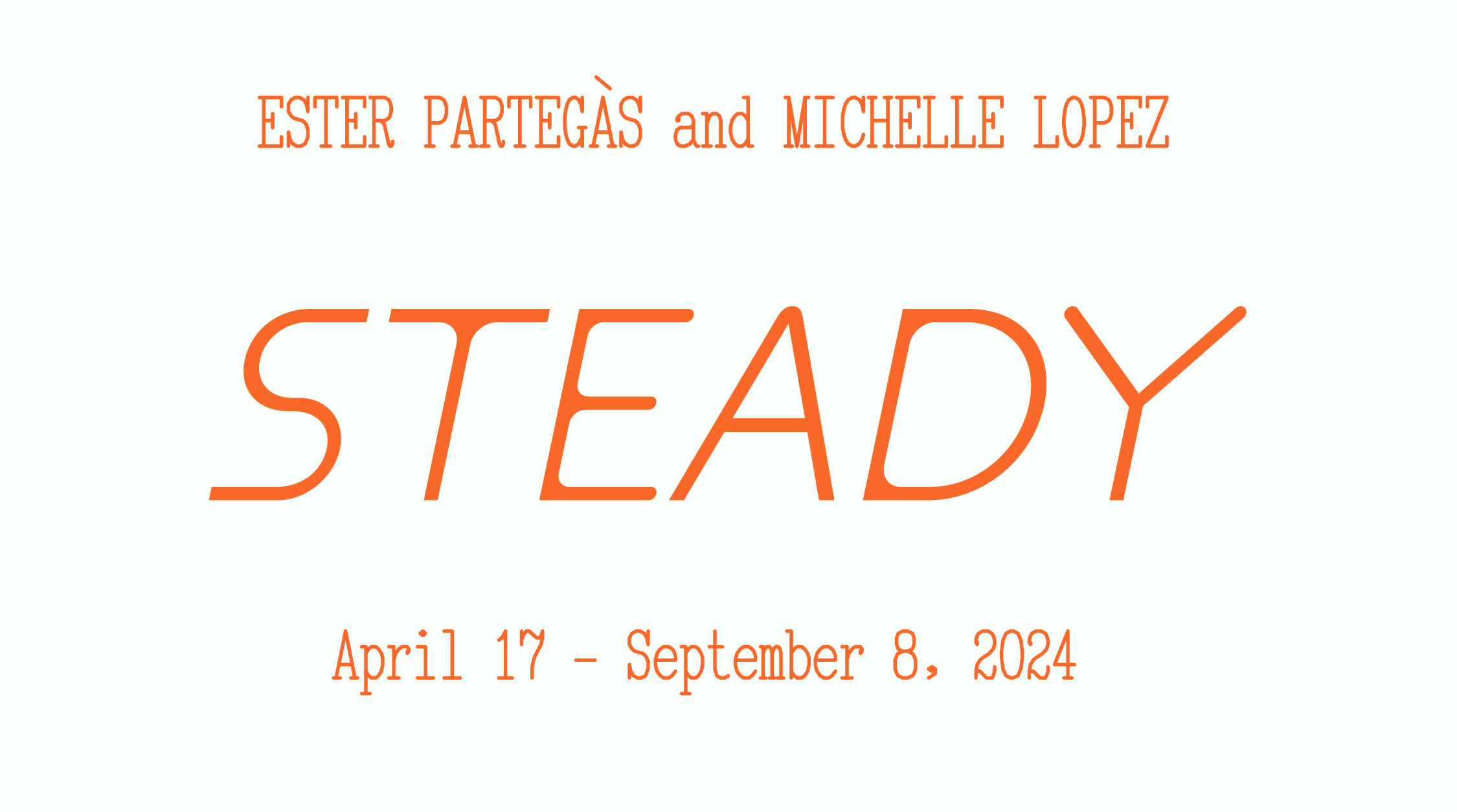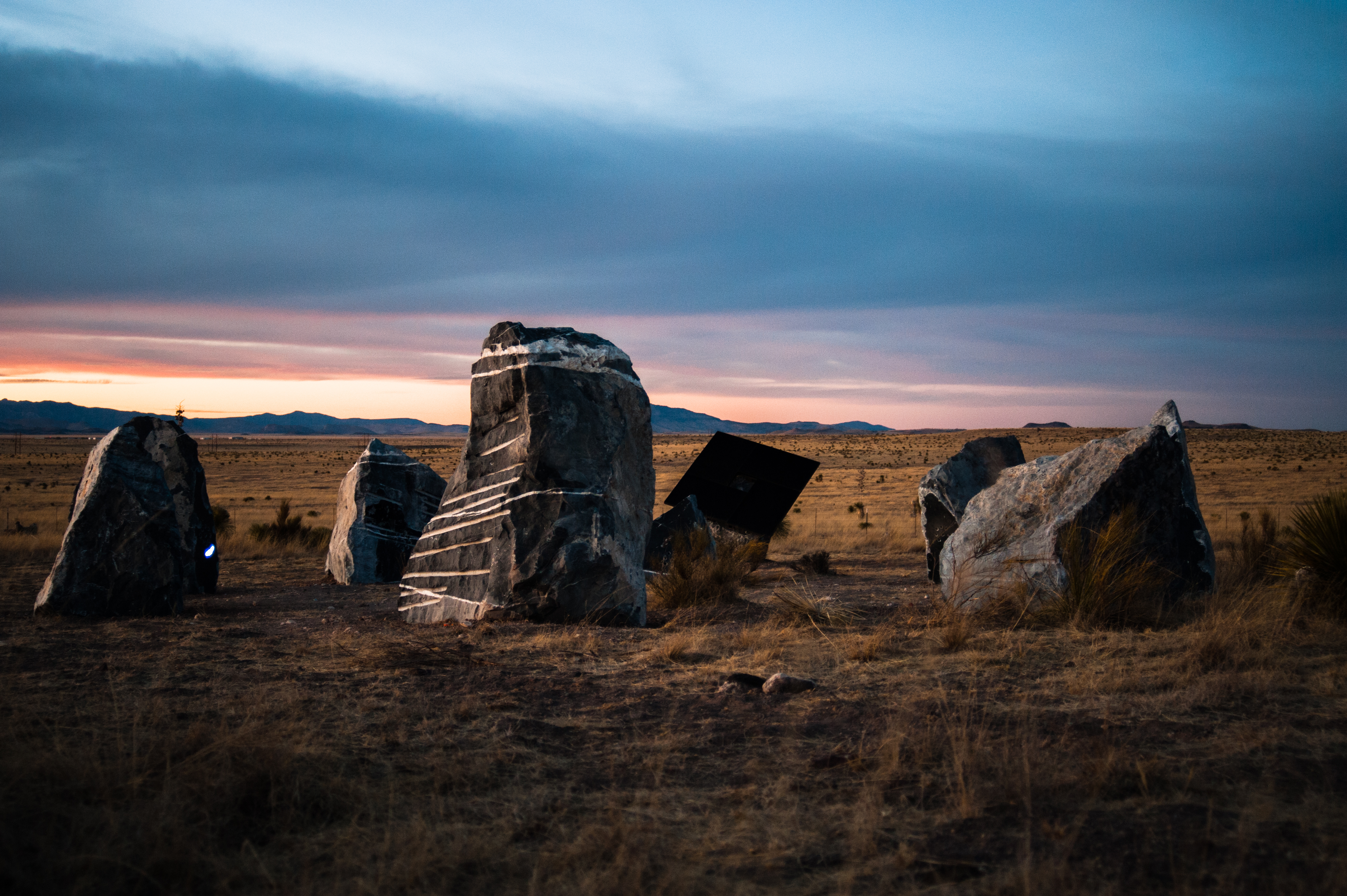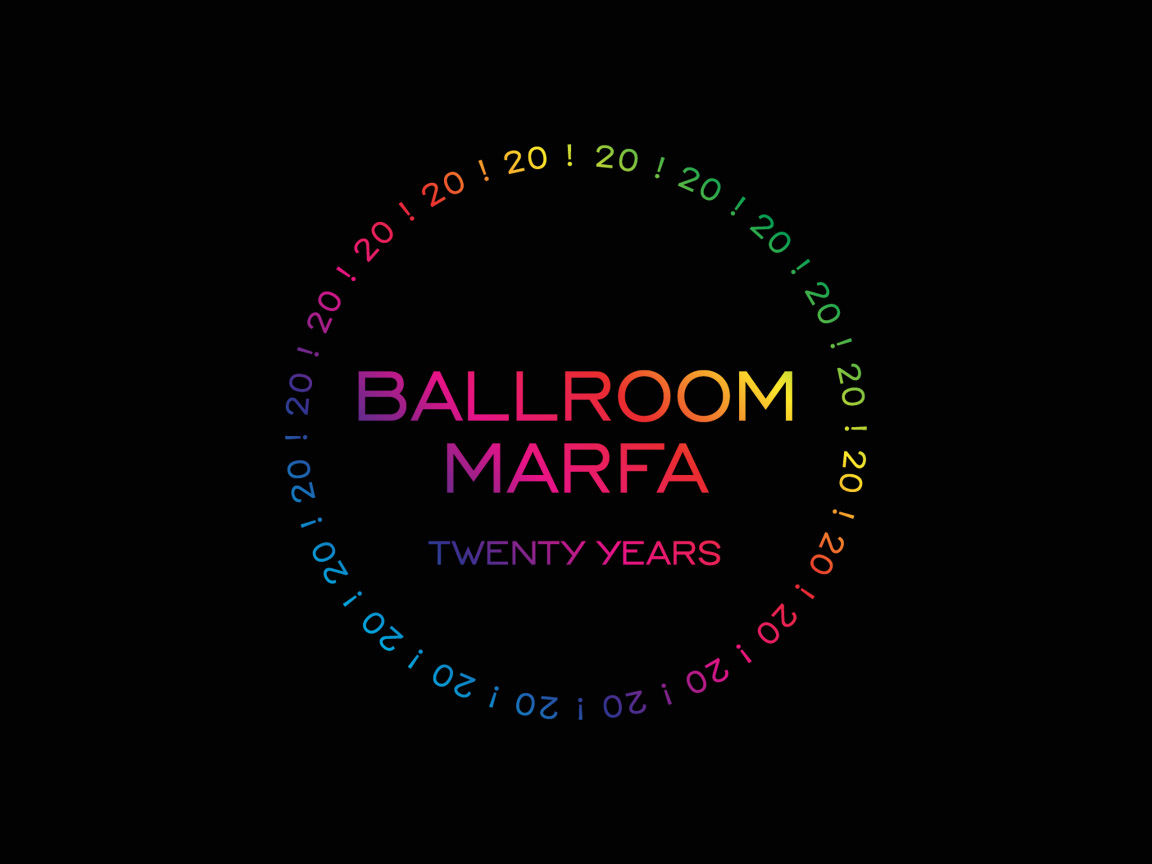Tom Morton on Rashid Johnson: Infinite Blackness
4 Mar 2013

The Moment of Creation, 2011
Mirrored tile, black soap, wax, vinyl, CB radio, plant, books, oyster shells, shea butter, books, space rocks, ink jet photograph on glass
182.9 x 335.3 x 29.8 cm / 72 x 132 x 11 3/4 in
Recommended reading from Parkett 90: Infinite Blackness by Tom Morton of magazine. An excerpt:
Johnson’s sculptures, photographs, and videos proceed through reference and sheer density of information. His best-known works, shelf-like wall pieces such as Wanted (2011), gather together found items that allude variously to African American intellectual history, pop culture, the anointing of the skin, the free circulation of ideas, and the unstable stuff of value. Stacked books are a regular feature, here, their titles (The Souls of Black Folk, Death by Black Hole, Time Flies) and prominent African American authors (sociologist and civil rights activist W.E.B. Du Bois, astrophysicist Neil deGrasse Tyson, the complicatedly conservative comedian Bill Cosby) speaking of whole explosive cosmoses contained within their covers, like energy packed in a hydrogen atom. LP sleeves are also common, including artists like the psychedelic funk outfit Parliament and soul singer turned pastor Al Green. Shea butter is also common—the substance is derived from the African shea nut that is used in moisturizers and cosmetics, in Johnson’s work it recalls Joseph Beuys’ magically charged measures of fat. Houseplants also appear on the shelves, alongside CB radios and ordinary stones transformed into “space rocks” by a coat of gold spray paint. Taken together, we might imagine these things as agents of change. By their grace, a mind is expanded, and a soul gladdened. Rough skin is softened, and carbon dioxide transformed into oxygen. A silence is broken, and dull geology gleams and glitters.





